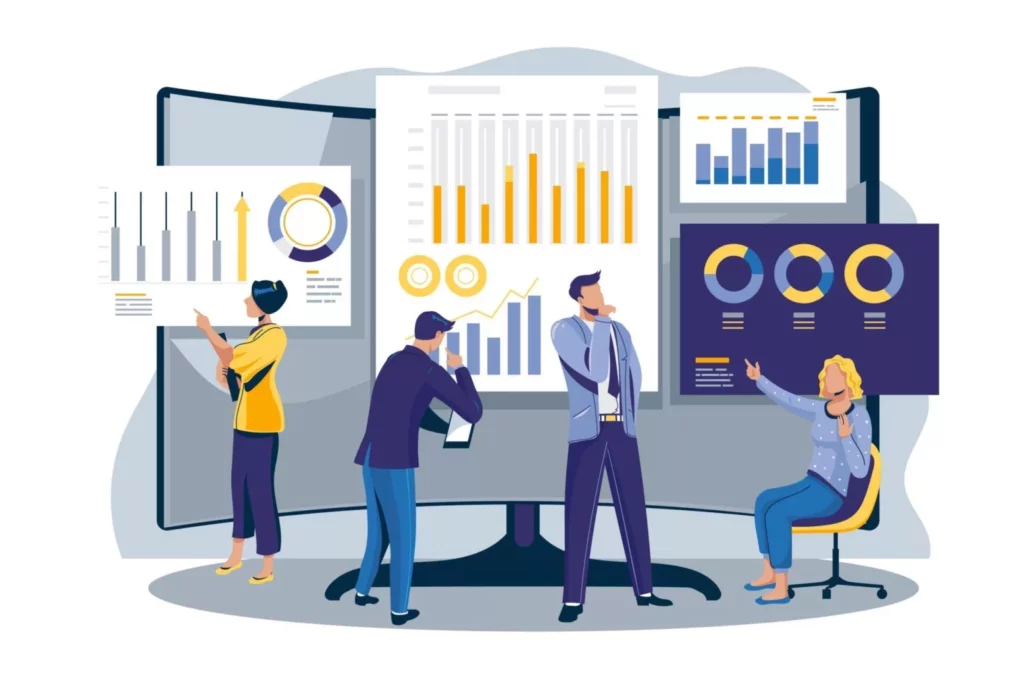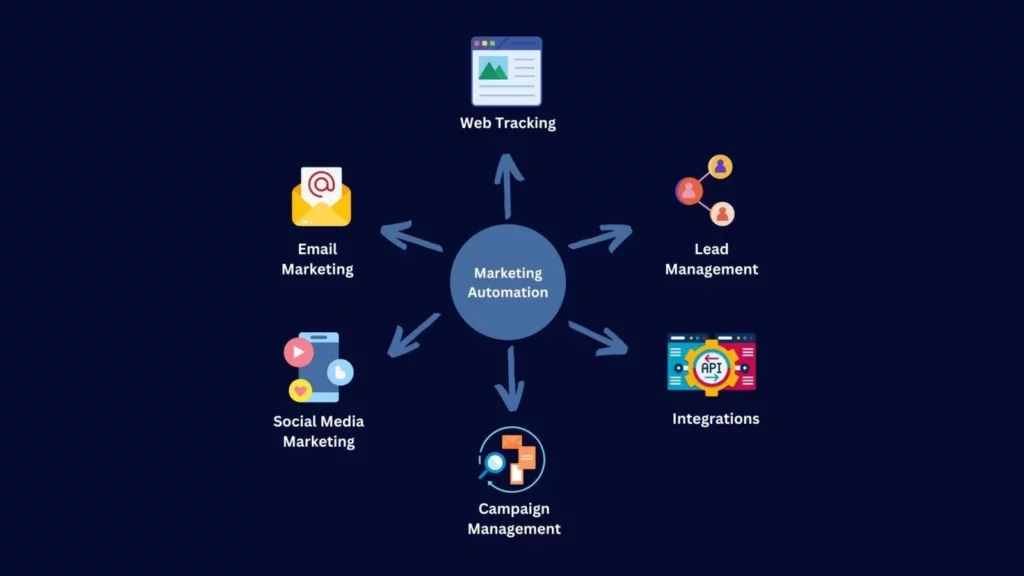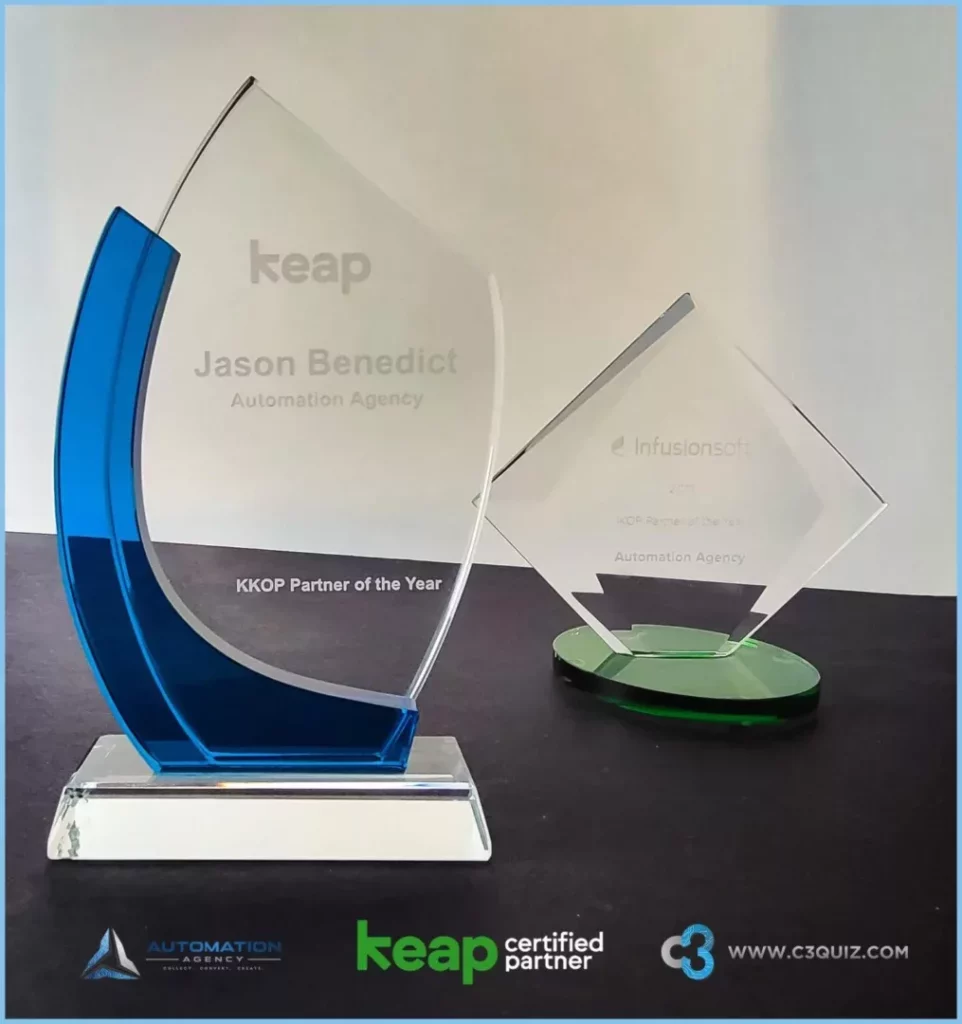What Are The Differences Between CRM And Marketing Automation?
What is the difference between CRM and Marketing automation? Many of us can interpret that both are similar tools that help us to grow our business. But trust me, both are different and have different properties of their own. Think about which software you need when you want to build customer relationships, manage sales pipeline […]
What Are The Differences Between CRM And Marketing Automation? Read More »








